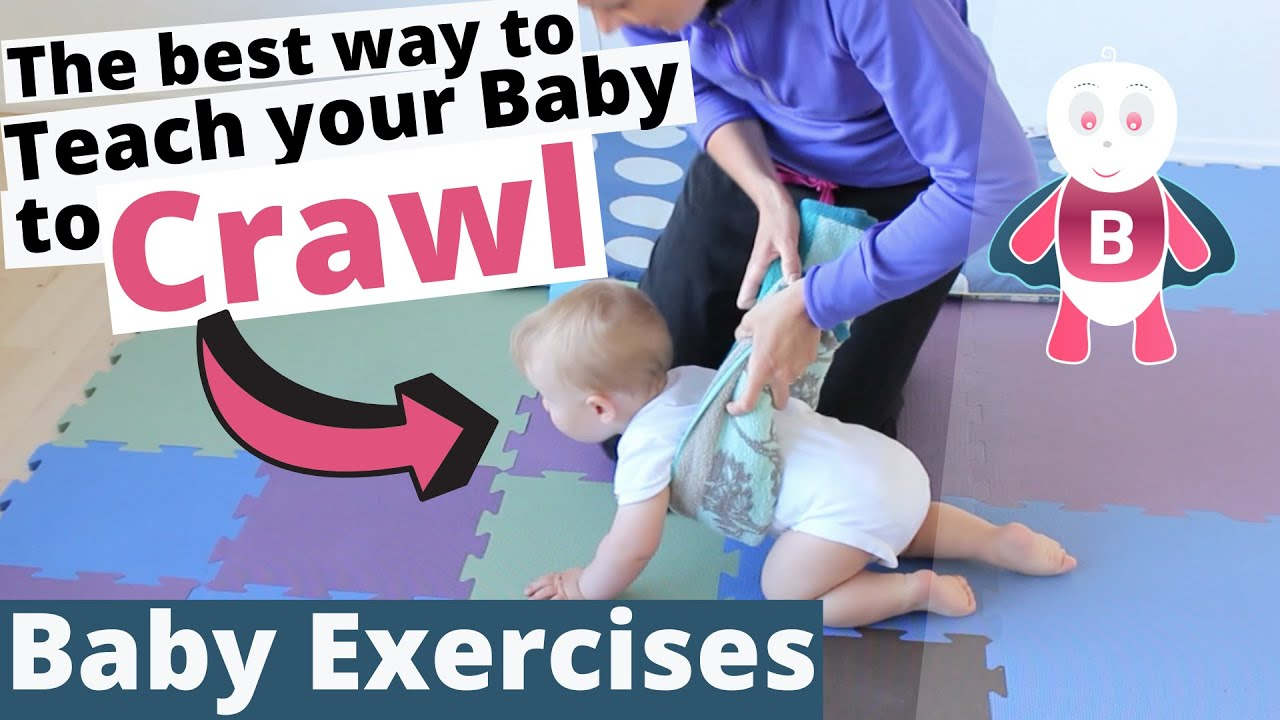How To Get My Baby To Crawl
Are you eagerly waiting for the milestone of seeing your little one crawl for the first time? Watching your baby start to explore the world on all fours is an exciting moment for any parent. If you’re wondering how to encourage your baby to start crawling, look no further. This comprehensive guide will provide you with all the information you need to help your baby reach this developmental milestone.
Knowledge
Before your baby starts crawling, it’s essential to understand the developmental stages that lead up to this milestone. Babies typically begin to show signs of readiness to crawl between six to ten months of age. However, every baby is different, so don’t be alarmed if your little one takes a bit longer.
One of the key components of crawling is developing the necessary strength in the muscles. Tummy time is crucial for strengthening the neck, shoulder, and arm muscles that are essential for crawling. Encourage your baby to spend time on their tummy every day to help build these muscles.
Creating a motivating environment can also encourage your baby to start crawling. Place toys just out of reach to entice your little one to move towards them. Using colorful and engaging toys can spark their curiosity and desire to explore.
Another way to help your baby learn to crawl is by providing gentle encouragement. Get down on the floor with your baby and show them how to move forward. Clap your hands or use an enthusiastic tone of voice to motivate them to mimic your movements.
Like any skill, crawling requires practice. Allow your baby plenty of opportunities to practice moving around on the floor. Create a safe and open space where they can explore and move freely without obstacles in their way.
Conclusion
By understanding the developmental stages leading up to crawling and providing a supportive environment, you can help your baby achieve this exciting milestone. Remember to be patient and encouraging as your little one learns to navigate the world on their own. This guide is designed to assist you in fostering your baby’s development and celebrating their achievements along the way.
Overall, the target audience for this article is parents or caregivers of infants who are approaching the crawling stage. By following the tips outlined in this guide, parents can feel empowered to support their baby’s developmental journey.
In conclusion, helping your baby learn to crawl is a rewarding experience that marks the beginning of their independence and mobility. By incorporating the strategies mentioned in this guide, you can create a supportive environment that encourages your baby to explore and move confidently. Embrace this stage of your baby’s development with enthusiasm and celebrate each milestone along the way.






